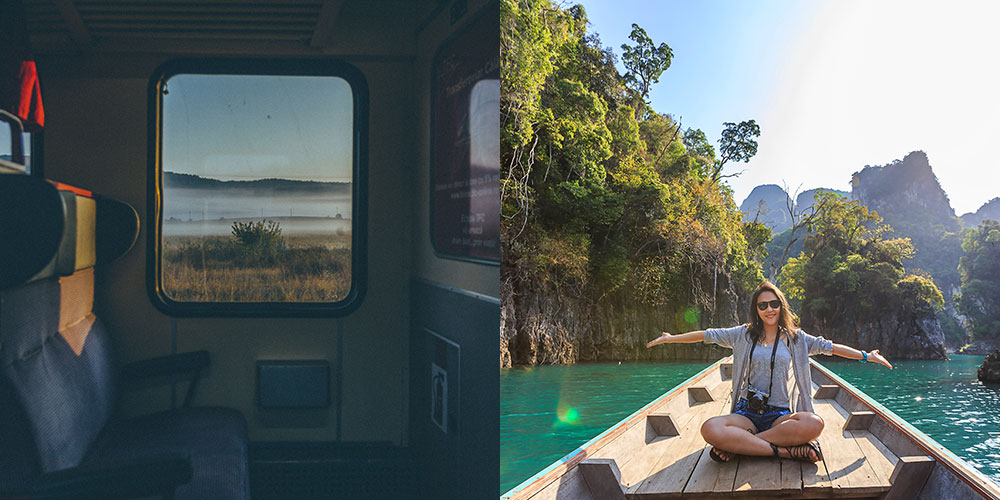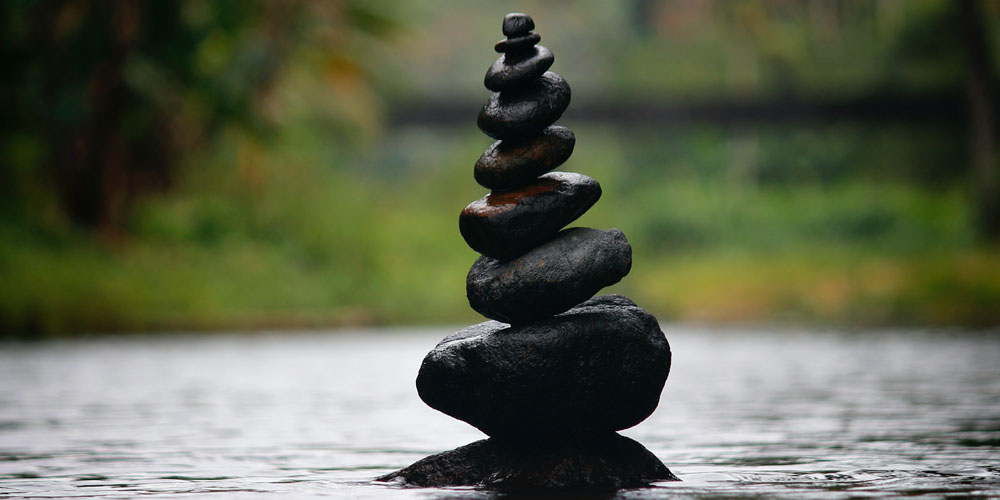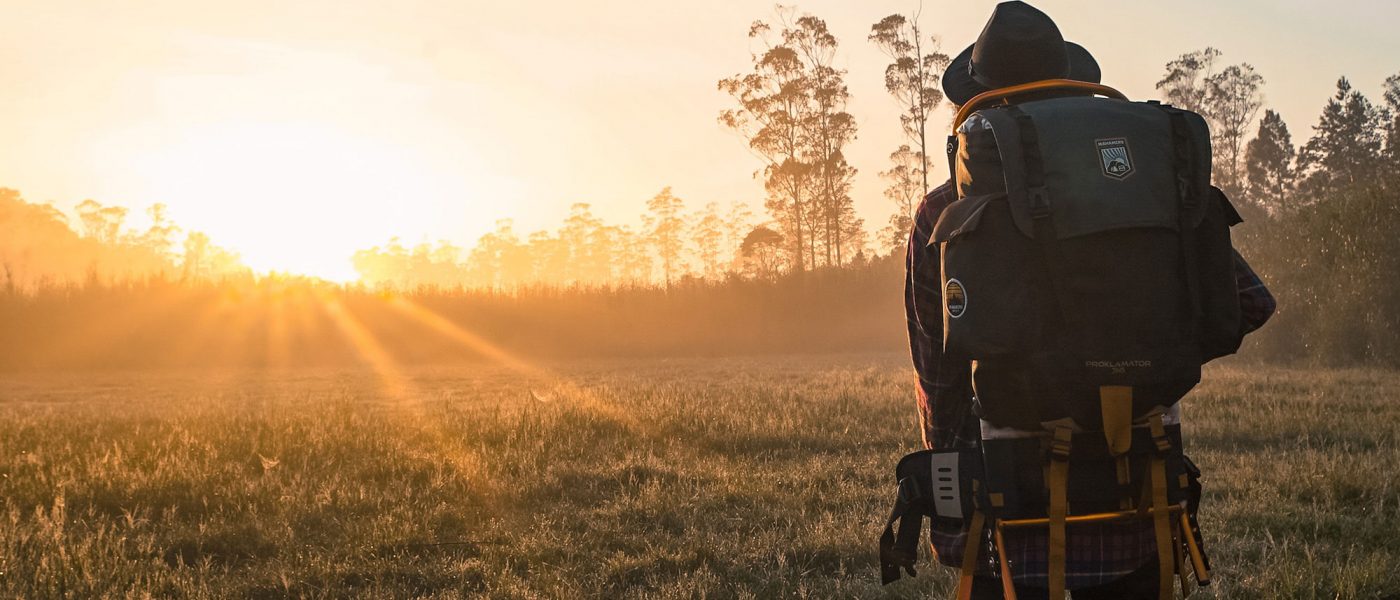More often than not when we think of the content for our website we only really focus on the crucial details, facts and figures.
Although this may get the message across to our audience, it doesn’t encourage them to make a connection to who we are and what we can offer them. This approach is often very utilitarian in nature and doesn’t really show our audience a full picture of what we are trying to portray about our brand, products and services.
Think of your content as a journey, not just a destination
What does this mean? Your content should not only provide valuable information, but it should also:
- Increase your audiences knowledge
- Build trust and confidence in your brand
- Promote exploration and investigation into the rest of your website
- Remove barriers to conversion
- Encourage a call to action!
So what does all this have to do with journeys and destinations?
Okay, let’s use the analogy of travelling – if we were only to travel by train to our various destinations we would have a fairly limited range of experiences and knowledge gained while travelling.
On the other hand, if we chose to travel independently (say backpacking or driving a car) we would have greater flexibility to choose how we get to each destination.

This method also exposes us to local culture, knowledge and experiences that greatly enhance our travel experiences and the decisions we make when moving between destinations. This essentially provides us with a more well-rounded perception and understanding of our travel experience.
When we return from our holiday we have a richer set of experiences and a deeper knowledge of the place we visited.
If I had the choice I would rather focus on the journey and not just the destination.
So how do we do this for the content of our website?
Well first off we need to look at our content not only as individual pages or destinations but as an interconnected structure – a map of destinations if you like. Just like a real map, each destination has more than one road in or out of each town or city. Our pages should be the same, allowing users to explore multiple routes of exploration through your site’s content. By encouraging exploration we increase the knowledge gained by your audience.

So we’ve talked about creating a non-linear journey through our sites content to encourage exploration, knowledge building, trust and confidence and to remove barriers to conversion but what about the specific destinations or pages? Once again using the travel analogy – when we arrive at a destination we have a set of things we need to know about that destination – where to stay, where to eat, what attractions we want to do and then other local knowledge that might enhance our experience. We prioritise these things according to their level of importance.
Content is the same!
We can also structure the content on a page in order of its priority. The order of priority should start with the most important information first at the top of a page and then gradually move down into lesser priority information as the user scrolls down. Throughout the total page length, we place other various elements to help or engage with our audiences like testimonials (trust and confidence), related benefits or features (increase knowledge) related articles or promos (exploration and investigation) and a make contact or purchase element (call to action). These elements give users opportunities to further enhance their experience through your content while building up knowledge that reduces barriers to conversion!
To recap we should do the following:
- Create an order of priority of page content
- Include strategically placed trust and confidence elements
- Offer additional knowledge resources
- Provide exploration and investigation opportunities
- Encourage contact
- Provide clear calls to action!

Ready to pack your content bags?
Just like rich travel experiences, spending time to create rich content experiences will encourage your audience to delve into your content further and not only enjoy your content but start to build meaningful relationships with you that they will in turn share with their friends and colleagues. Doing this will put your brand and your offerings over and above your competitors by showing your audience you have made a real effort to do it better!
Happy travels!






